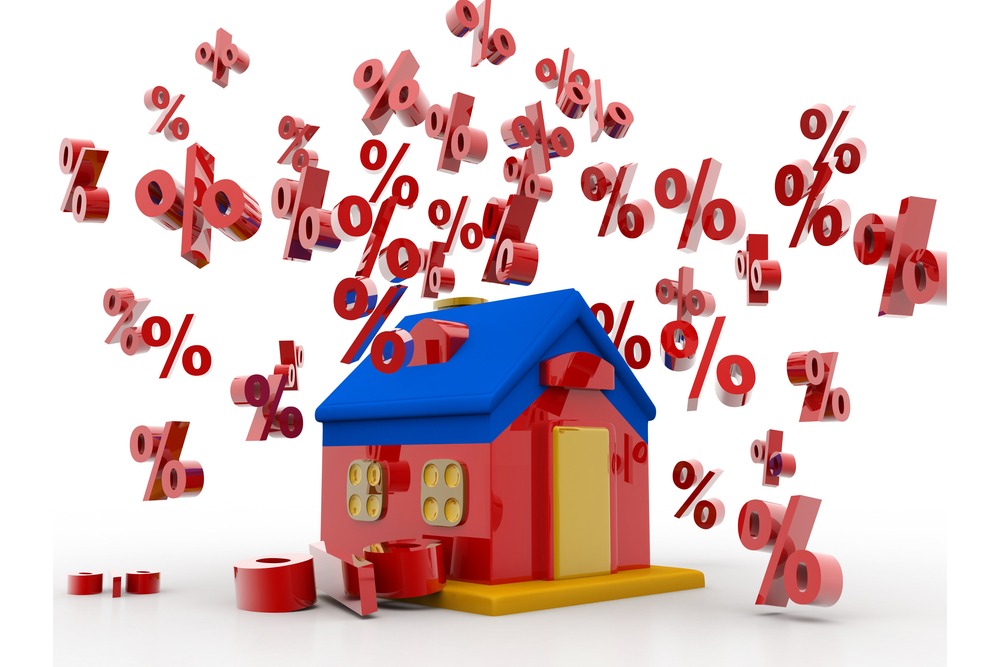First-time Buyer
Difference in cost of two- and five-year fixed rate mortgage hits seven-year low

The difference between the two and five-year average rates stands at 0.36 per cent in June, down from 0.42 per cent since the beginning of the year and the lowest since January 2012 when it was 0.35 per cent.
According to the latest figures from Moneyfacts, the average two-year fixed rate has fallen by 0.03 per cent from 2.52 per cent in January 2019 to 2.49 per cent in June.
Meanwhile the average five-year fixed rate decreased by 0.09 per cent from 2.94 per cent to 2.85 per cent over the same period, .
In contrast, the gap between the average five-year fix and the typical 10-year fix has increased by 0.04 per cent.
This is despite the 10-year average rate falling by 0.05 per cent from 3.05 per cent in January 2019 to 3 per cent in June, the lowest recorded average 10-year fixed rate since February 2018.
Darren Cook from Moneyfacts said that with the difference between the average two and five-year fixed rate at a seven-year low, the difference in the monthly repayment between these fixed terms will also be narrow.
He added: “For example, on a repayment mortgage advance of £200,000 over a 25-year term at the average fixed rate for each respective term would see the average two-year repayment this month stand at £896.23, while the five-year average repayment amount would be £932.89, totalling a difference of £36.66 per month.
“Using the same mortgage criteria, the difference between the monthly repayments of the average five-year and 10-year mortgage rate at £948.42, this monthly difference is just £15.53.”
Cook noted that current mortgage rates appear to be competitive across the board, allowing borrowers the flexibility to choose whether to fix repayments for either the short, medium or longer-term initial rate periods.
“However, borrowers must also remember to consider other factors, such as potentially greater fee expenses if they opt for a shorter initial fixed payment term and have to switch deals more frequently or the possible implication of mortgage tie-in costs if they wish to shop elsewhere during a longer initial rate period,” he added.